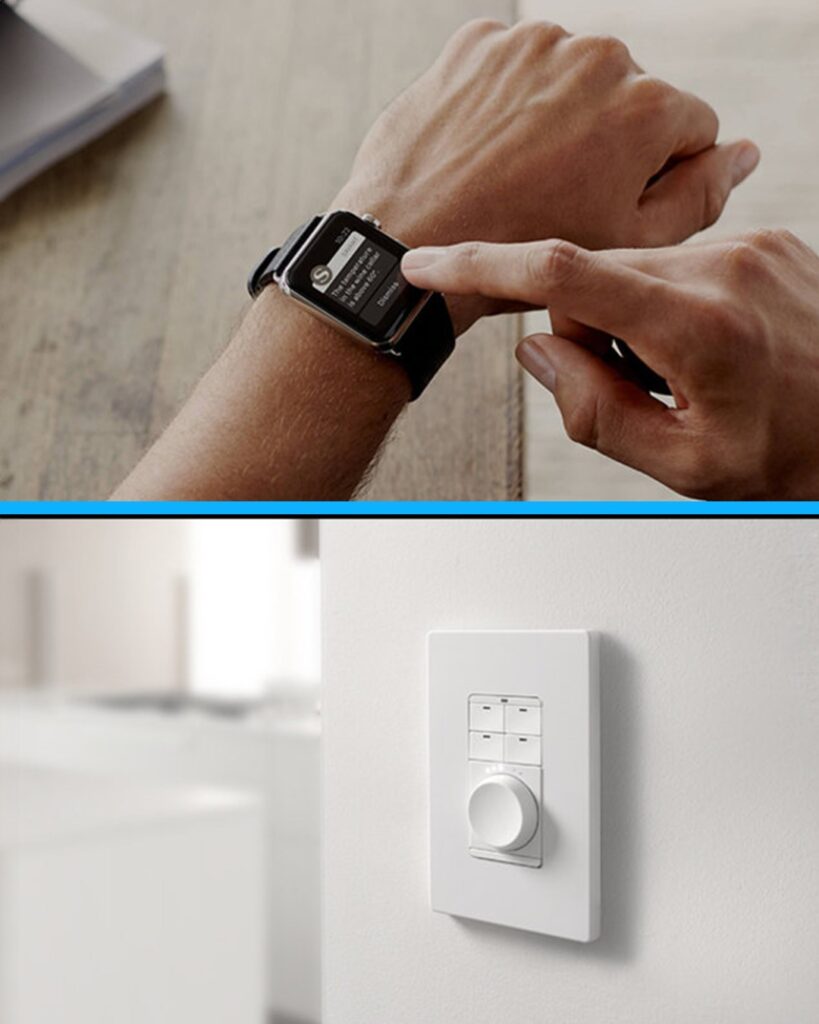In the realm of home security, the evolution of smart surveillance has transcended traditional camera systems, ushering in a new era of innovation that goes beyond mere visual monitoring. One notable advancement is the integration of artificial intelligence AI algorithms into smart surveillance systems. These sophisticated algorithms enable the system to analyze and interpret data in real-time, distinguishing between normal activities and potential security threats. Machine learning capabilities allow the system to adapt and improve over time, enhancing its ability to identify unusual patterns or behaviors. Furthermore, the incorporation of sensor technologies has expanded the scope of smart surveillance beyond visual cues. Modern systems now integrate various sensors, such as motion detectors, door and window sensors, and even environmental sensors for factors like temperature and air quality. This multifaceted approach not only provides a more comprehensive understanding of the home environment but also enables proactive security measures.
For instance, a sudden spike in temperature or the detection of harmful gases can trigger immediate alerts, helping homeowners address potential hazards before they escalate. Another notable innovation is the rise of biometric recognition in smart surveillance. Traditional security measures like passwords or keycards are being replaced by more secure and convenient biometric authentication methods, such as facial recognition or fingerprint scanning. This not only enhances the overall security of the home but also streamlines access for authorized individuals. Integrating biometric data with smart surveillance allows for a more personalized and seamless security experience, where the system can recognize and respond to the unique characteristics of each household member. The convergence of smart home devices has also played a pivotal role in shaping the future of smart surveillance. Integration with other smart devices, such as doorbell cameras, smart locks, and voice-controlled assistants, creates a unified ecosystem that offers a higher level of automation and control.
 This interconnectedness not only enhances security but also contributes to a more user-friendly and intuitive smart home experience. Privacy concerns have been a focal point in the development of smart surveillance, leading to innovations like edge computing. Instead of relying solely on cloud-based processing, edge computing allows data to be analyzed locally on the device itself, reducing the need for constant data transfer and addressing privacy apprehensions. This ensures that sensitive information is processed within the confines of the user’s home, providing a more secure and private surveillance solution. In conclusion, the landscape of smart surveillance for homes has transcended the conventional notion of cameras in AVSS security systems Baton Rouge, embracing a holistic approach that combines AI, sensors, biometrics, and integration with other smart devices. These innovations not only bolster security measures but also contribute to a more intelligent, responsive, and personalized home environment. As technology continues to advance, the future of smart surveillance holds the promise of even more sophisticated and seamlessly integrated solutions, further redefining the concept of home security.
This interconnectedness not only enhances security but also contributes to a more user-friendly and intuitive smart home experience. Privacy concerns have been a focal point in the development of smart surveillance, leading to innovations like edge computing. Instead of relying solely on cloud-based processing, edge computing allows data to be analyzed locally on the device itself, reducing the need for constant data transfer and addressing privacy apprehensions. This ensures that sensitive information is processed within the confines of the user’s home, providing a more secure and private surveillance solution. In conclusion, the landscape of smart surveillance for homes has transcended the conventional notion of cameras in AVSS security systems Baton Rouge, embracing a holistic approach that combines AI, sensors, biometrics, and integration with other smart devices. These innovations not only bolster security measures but also contribute to a more intelligent, responsive, and personalized home environment. As technology continues to advance, the future of smart surveillance holds the promise of even more sophisticated and seamlessly integrated solutions, further redefining the concept of home security.